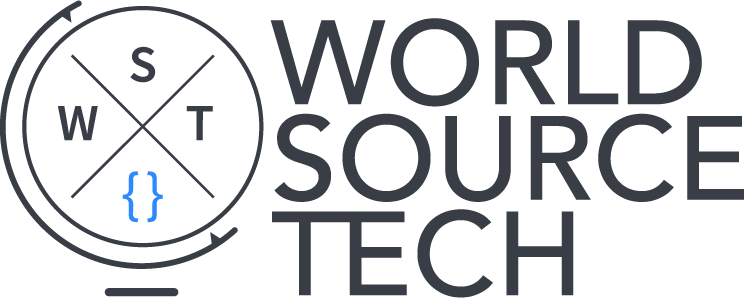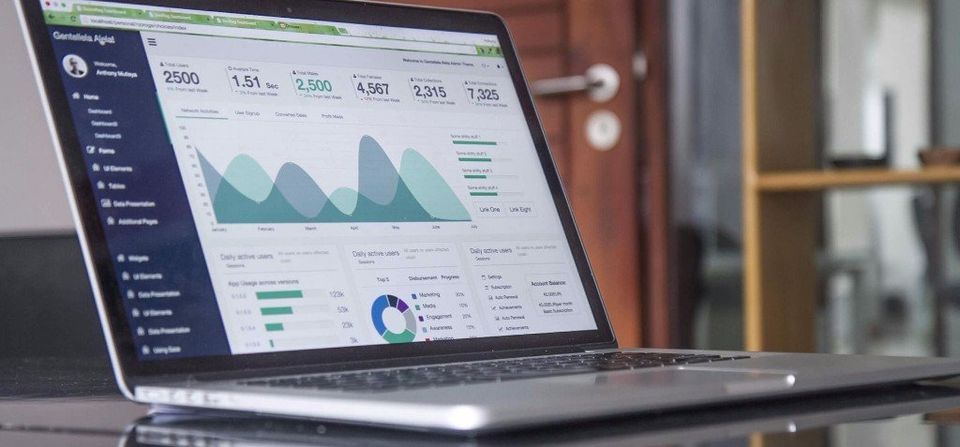How to Get More Visitors to Your Website
Once you have a business website, you want to make sure that your site can be found, and found first, when someone needs your product or service. There are several different ways that users navigate the web and even more ways to increase your traffic. A simple way to get more visitors to your site is to focus on the most common way that users navigate – search engines like Google and Bing – and use search engine optimization (SEO) techniques to make sure your site appears on the first page of organic search results.
Each search engine works a little differently, but in general, they use the same elements to determine where your page should rank in search results, so with a few tips you should be able to improve your ranking.
Keyword Phrases (in your content)
First, think of about 7 phrases that someone might type in to a search engine to find your business. Got them? Good, those are your keywords. You’ll need to use those important keyword phrases in the places where search engines look for them.
- Page Content – On each page, use about 300-700 words in your text, and use your keyword phrases a few times. Make sure to write naturally and readably. Search engines have become very sophisticated in demoting sites that overuse keywords.
- Title Tag – The title tag appears in the browser’s title bar and in the title for your listing in search engine results. Each page in your site should have a unique title that is shorter than 65 characters, and again, should incorporate specific keyword phrases.
- Description Tag – The description or meta tag displays below your website’s link in search results, so it will help motivate users to click on your link when it appears in search results. Include a description for each page on your site, and use your keywords. Keep your description to fewer than 250 characters, and use only alphanumeric characters.
- Header (H1) Tag – Make sure each page in your site includes one (and only one) H1 tag, which should be no longer than a short sentence. The H1 tag should tell the reader what the page is about.
- Image Tag – Try to use an image on each page, and make sure it is formatted with an ALT attribute that incorporates the keywords on the page. The ALT tag is the way a search engine crawler can tell what the subject of an image is.
Navigation
Make sure your website contains no broken links, either within your own site or to outside sites. You will probably need to run a link checker from time to time and fix any broken links. Sites with broken links are ranked lower in search engine results.
Site Map
Your website should include a site map to enable a search engine’s “crawlers” to index every page. It’s not really important how a search engine crawler uses a site map – it’s enough to know that it helps the search engines find and analyze all your pages when they analyze your site, so sites with a site map rank higher in search engine results.
Link Building
Create links within your content, either to other pages on your website (called interlinks) or from other websites to your website (called backlinks). Both types of links improve your ranking in search engines, and backlinks in particular will improve your score. A few ways to get backlinks are to send out press releases, to get listed in online directories, or to trade backlinks with another business.
These general tips should give you a good start in optimizing your website for search engines, and improving your traffic. At World Source Tech, we know it’s a huge endeavor to physically move your office or business location. But to move your website up in the page rankings? That’s our specialty. If your website traffic could use a boost, contact us to start the conversation about how World Source Tech can drive more traffic, leads and customers to your bottom line!














